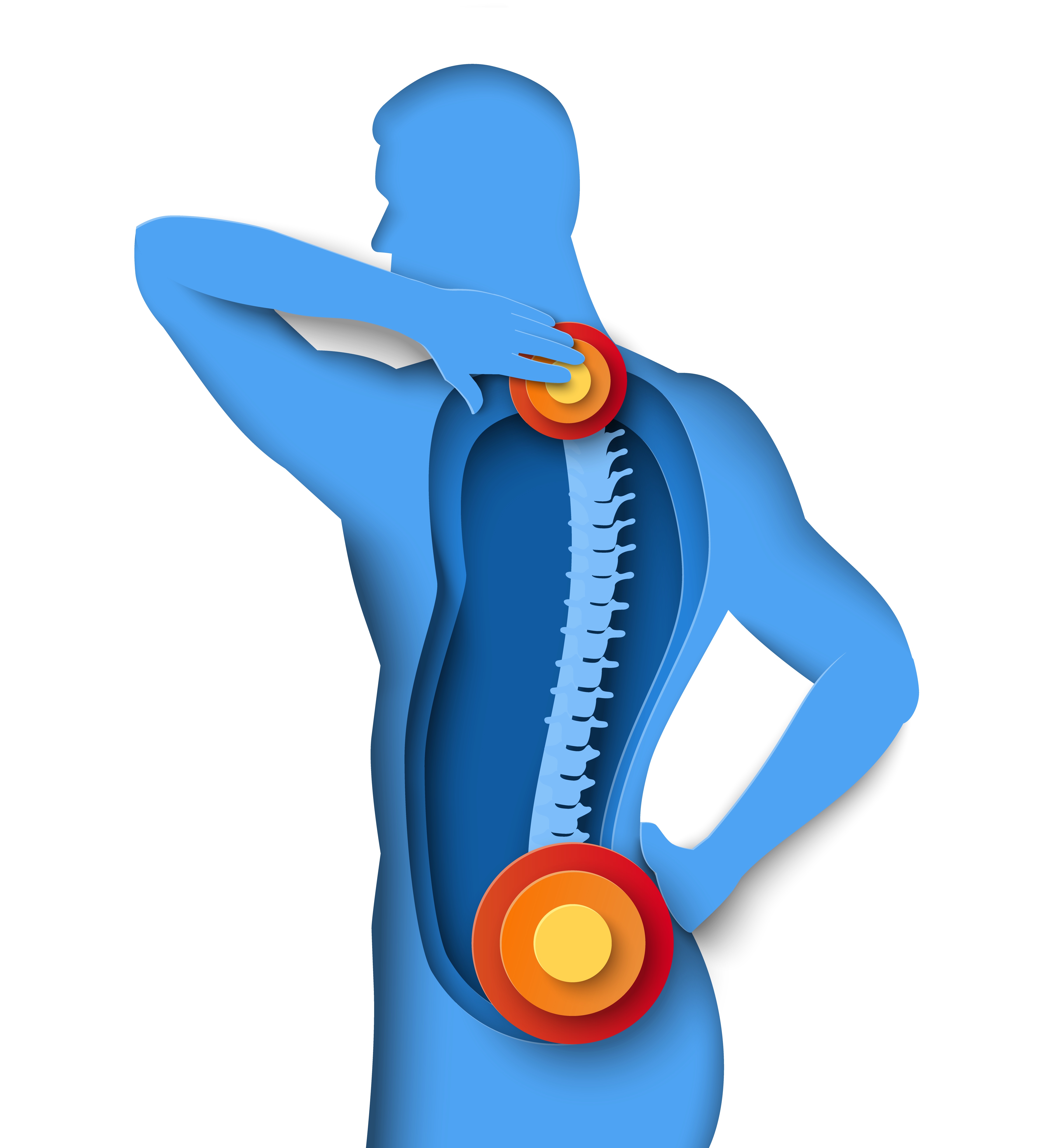Back pain is a common health issue that affects millions of people worldwide. Two of the most misunderstood spinal conditions are Slip Disc and Sciatica. While both cause significant discomfort and mobility issues, they are not the same. Understanding their differences can help in choosing the right treatment and specialist for effective relief.
If you’re suffering from severe back pain, leg pain, or difficulty in movement, it’s essential to consult an expert spine specialist or an orthopedic surgeon for the right diagnosis and treatment.

What is a Slip Disc?
A Slip Disc, also known as Herniated Disc or Prolapsed Disc, occurs when the soft, jelly-like center of a spinal disc pushes through the tough outer layer. This herniation puts pressure on nearby nerves, causing pain, numbness, and weakness in the back, legs, or arms.
Causes of Slip Disc:
✔ Aging & Wear-and-Tear of Discs
✔ Poor Posture (Slouching, Sitting for Long Hours)
✔ Lifting Heavy Objects Incorrectly
✔ Sudden Spinal Injury or Trauma
✔ Obesity (Excess Weight Puts Pressure on Discs)
Symptoms of Slip Disc:
✅ Sharp pain in the lower back, neck, or shoulders
✅ Pain radiating to arms or legs (depending on the affected area)
✅ Tingling, numbness, or weakness in the affected limb
✅ Difficulty in bending, walking, or sitting for long periods
What is Sciatica?
Sciatica is a condition where the sciatic nerve, the longest nerve in the body, gets compressed or irritated. It usually causes pain that radiates from the lower back down to the legs.
Symptoms of Sciatica:
- Shooting pain from the lower back to one or both legs
- Burning or tingling sensation in the leg
- Weakness or numbness in the affected leg
- Pain that worsens when sitting or standing for long periods
Treatment for Sciatica:
✅ Pain Management – Anti-inflammatory medications, muscle relaxants, and pain relievers can help reduce discomfort.
✅ Stretching & Exercise – Strengthening core muscles and doing specific sciatic nerve stretches can relieve pressure.
✅ Heat and Cold Therapy – Alternating between hot and cold packs can help reduce inflammation and pain.
✅ Physical Therapy – Guided exercises improve flexibility and reduce nerve compression.
✅ Epidural Steroid Injections – In severe cases, corticosteroid injections help reduce nerve inflammation.
✅ Surgery (if needed) – In cases of severe nerve compression, surgical intervention like a microdiscectomy or laminectomy may be necessary.
When to See a Doctor?
If you experience persistent pain, weakness, or difficulty in movement, consult a specialist. Early diagnosis and treatment can prevent further complications.
For those looking for expert surgical care, including spinal procedures and knee surgeries, consulting the best knee replacement surgeon in Delhi can ensure the highest quality of treatment and recovery.
Conclusion:
While slip disc and sciatica are related, they are not the same condition. Understanding their differences is key to finding the right treatment. If back pain is affecting your daily life, seek medical advice to determine the best course of action for recovery. For expert consultation on spinal health, pain management, or knee replacement surgery, book an appointment with a trusted orthopedic specialist today!
